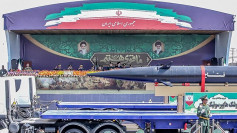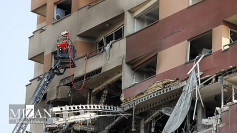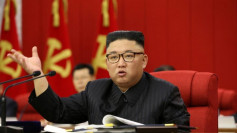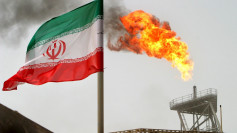The frangibility of the Philippines comes to mind each time a conflict breaks out in the Middle East. The country imports nearly all of its oil and crude requirements. Inflation rises, transport and commodities spike, and its currency lose value whenever oil goes up.
What's more, the Philippines have over 2 million of its people working in the Middle East. These overseas workers send money to their families back home, thereby supporting their financial needs. Prolonged tensions in the Middle East affects these workers' income and remittances, which can dent local consumption.
In the past, the Organization of the Petroleum Exporting Countries dominated oil production. But the US shale oil revolution and Canada's oil sands have drastically changed the oil supply landscape.
The growth of shale oil and fracking technologies has pushed the US to emerge as the top oil producing country in the globe. But in recent years, the world has become less reliant on crude oil because of the development of renewable energy sources like hydro, solar, geothermal, and wind.
Middle East remittances represent 20 percent of total money sent home by OFWs, a major contributor to the country's local economy. But based on latest data, OFW remittances continued to grow 4.6 percent from January to October 2019 despite a 7.8 percent decline in remittances from the Middle East.
Total remittances have continued to grow at the back of stronger American and Asian inflows. The US, Canada, Malaysia, Singapore, Hong Kong, Japan and other countries are compensating for the decline in remittances from the Middle East.
OFW remittances were in the past the main engine of the Philippine's economy. In other words, the country was more prone to Middle East developments. The country's economy has, however, become more diversified and now relies on multiple drivers of growth such as business process outsourcing, tourism, exports, and even offshore gaming operations.
Although cutting down Middle East remittances can have an impact on domestic consumption, the Philippines' diversified economy can count on on other emerging sectors to support its growth.
The oil market deregulation policy launched by the administrations of former president Fidel Ramos and Gloria M. Arroyo was a crucial economic reform that lifted the Philippine economy.
World market controlled costs, fuel subsidies were scrapped, and new industry entities have emerged. Unlike in the past when oil subsidies encumbered government budget, the current administration is benefiting from a more improved fiscal position as a result of excise taxes on fuel.
Meanwhile, as the de-escalation in tensions between Washington and Tehran became evident, markets bounced back in no time. Oil prices plunged sharply, although precious metals and US treasury dropped sharply as well. At the same time, Wall Street and other stock markets recovered and new record peaks were registered.
The Philippine peso has appreciated while the Philippine Stock Index has also managed to recover in the light of the positive news. Indeed, recent oil and other asset class price action shows that the Philippines are now less vulnerable to conflicts that occur in the Middle East.






